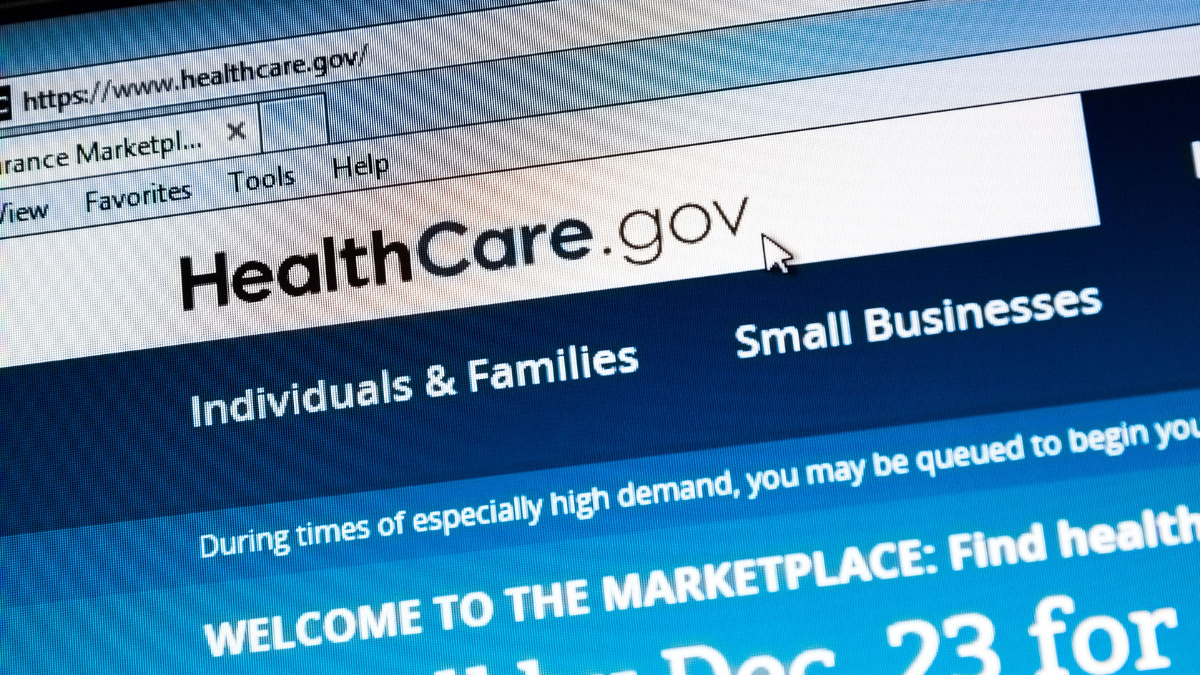According to Gallup, the number of people who are uninsured has risen over the last two years. Although this conclusion is disputed by government estimates, it’s very possible that no one is measuring the phenomenon correctly.
The reason? Large numbers of Americans are turning to alternatives to Obamacare—including alternatives that are not called “insurance” by government regulators or even by the plans themselves.
The four top “sharing” organizations, for example, are now insuring more than one million people—up fivefold since the passage of the Affordable Care Act. To put that in perspective, only about 10 million people are currently enrolled in the Obamacare exchanges and the vast majority of those are receiving subsidies.
Among people who don’t get subsidies, there may now be more who have an alternative (non-ACA-compliant) plan than the number with an unsubsidized Obamacare plan.
In what follows I will briefly review three popular alternatives to Obamacare: health sharing plans, indemnity insurance and short-term plans.
Health Sharing Plans. These plans originally had a religious motive for their existence and some still do. To become a member of Medi-Share, for example, applicants must agree to a detailed statement of faith and “attest to a personal relationship with the Lord Jesus Christ.” Samaritan Ministries even requires verification of regular church attendance.












